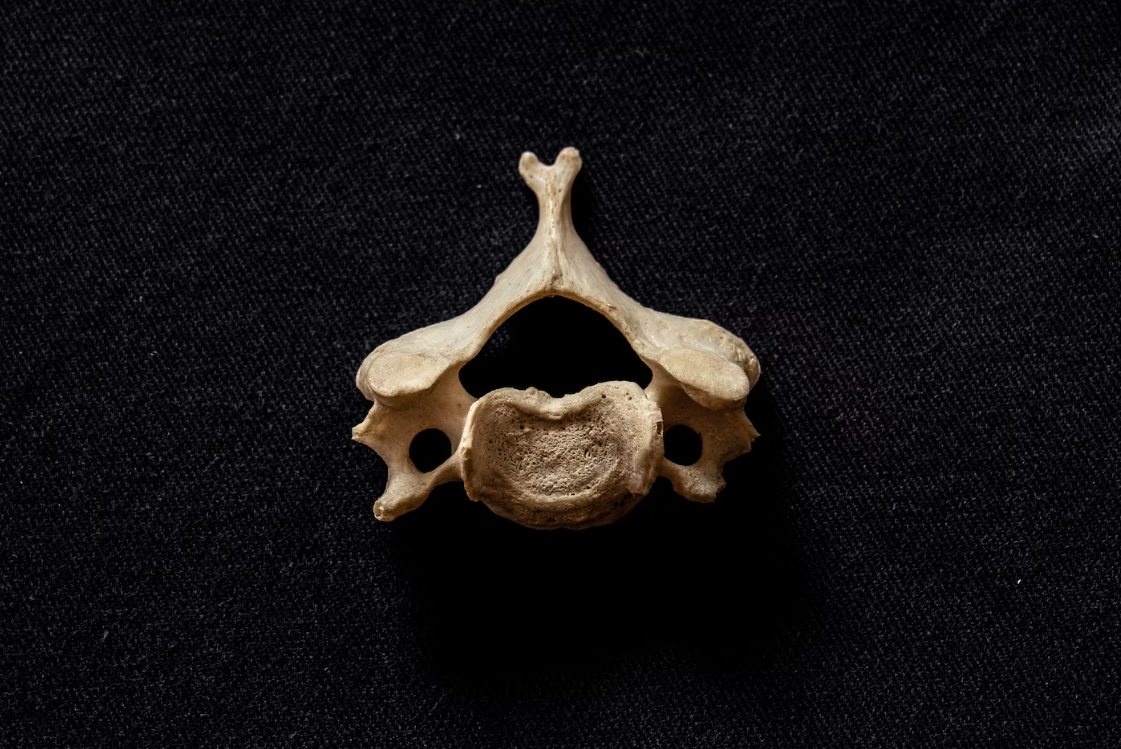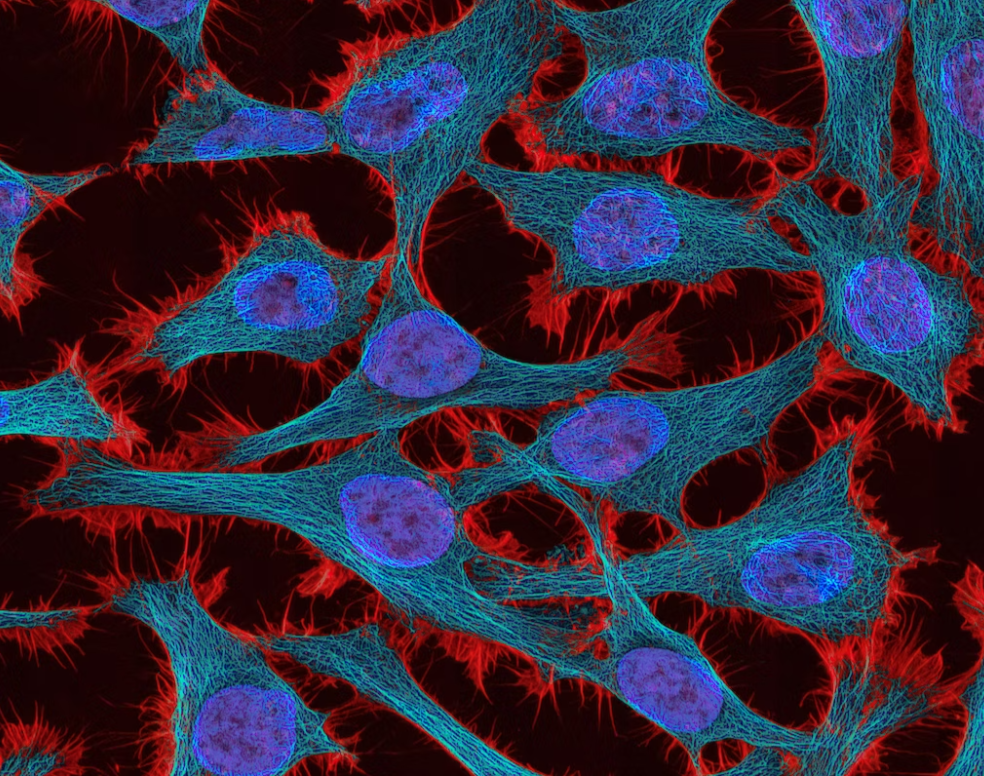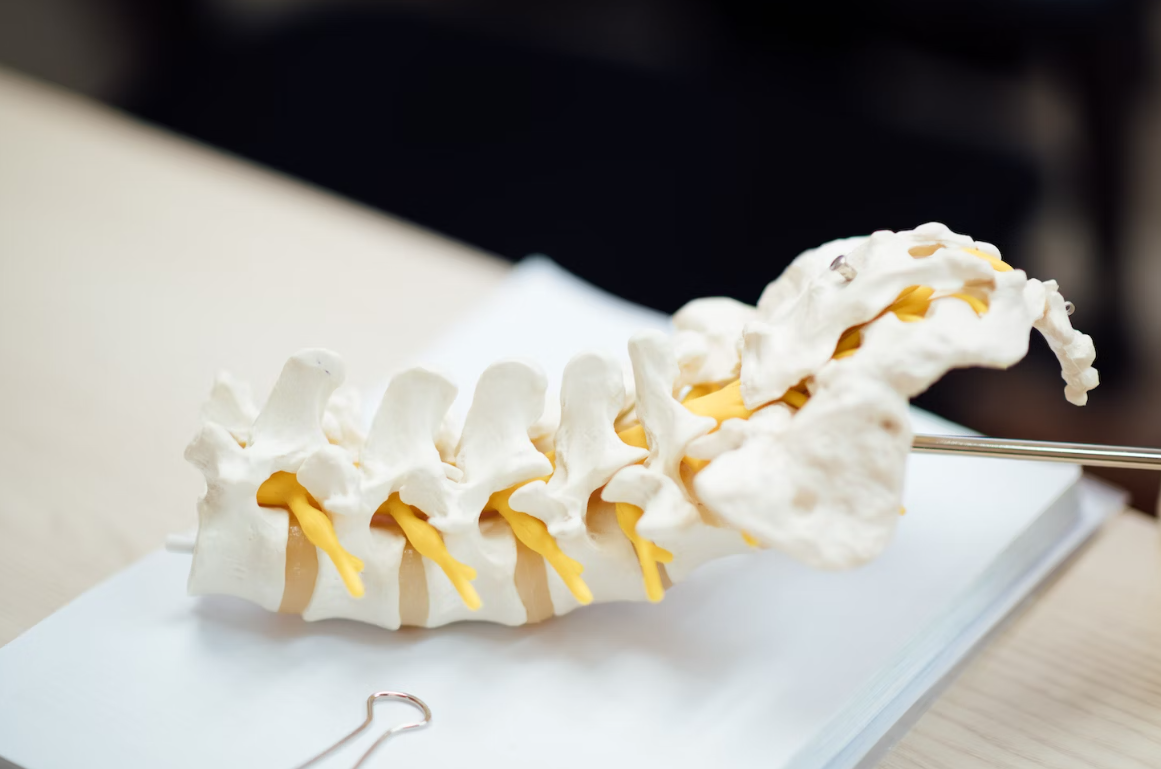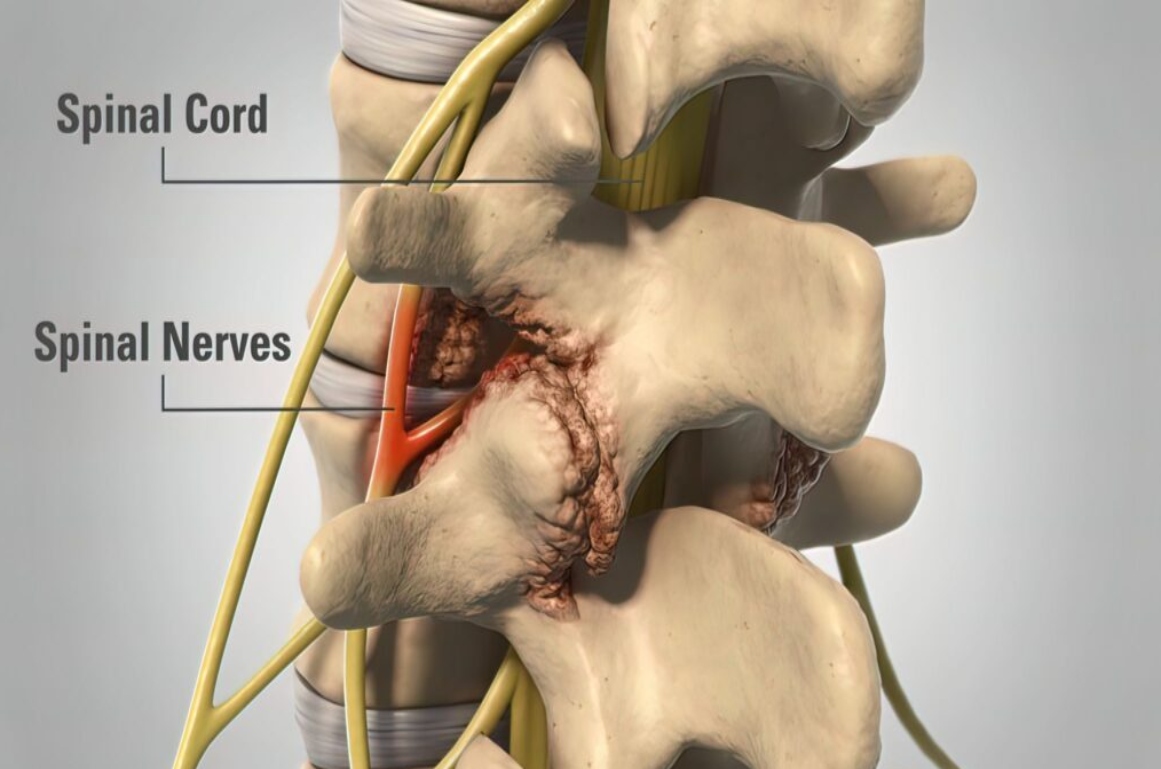Anterior Cervical
Discectomy and Fusion
For people who suffer from chronic neck pain, anterior cervical discectomy and fusion (ACDF) can help. This surgery helps to solve the problem of chronic pain in the cervical region of the spine.
Here’s how it works, who it might help, and what to expect. As always, if you have additional questions, get in touch with the team at North Texas Neurosurgical Consultants for more information. We’re always happy to help.


What is anterior cervical discectomy surgery?
Anterior cervical discectomy and fusion (also commonly referred to as ACDF surgery or neck fusion) is a neck surgery performed on one of the seven cervical vertebrae. Along the entire spinal column, each vertebra is separated by intervertebral discs. These discs are filled with a gel-like fluid that acts as a shock absorber between vertebrae and also helps to prevent vertebrae from rubbing against its neighbors.
Over time (and for other causes, as noted below), these discs can breakdown, become damaged, or wear away. The pain that follows this loss of cushioning ranges from a minor annoyance to a debilitating condition. Once the discs are compromised, even regular daily activities like looking both ways at a four-way stop sign can be challenging.
Anterior cervical discectomy and fusion is a procedure that removes what remains of the damaged disc and fuses at least two of the cervical vertebrae together to provide more stability and decrease (or eliminate pain).
To access the cervical vertebrae during the procedure, your doctor will make a small incision in the throat. This is a safer way to perform cervical fusion because operating in the back of the neck can damage neck muscles or the spinal column itself. Moving the neck tissue aside, your surgeon then removes the damaged disc.
A replacement disc can be made of one of the following three materials:
-
Bone graft: This can be obtained from the patient (and autograft) or from a donated bone (allograft)
-
Bone substitute: This type of replacement disc is manufactured with bone shavings
-
Arthroplasty: This is a procedure that uses a completely artificial disc
After the disc is placed, titanium screws and plates help keep the bones stable. Eventually the vertebrae will fuse to the replacement disc and this support will not be necessary.
Because this is considered an invasive surgery, anterior cervical discectomy and fusion should only be considered as part of a comprehensive treatment plan. This is not a first line treatment. Rather, this may be an option for you if other less invasive treatments and pain management techniques have not offered relief, or if your disc continues to deteriorate and impacts your overall quality of life.
As with all surgeries, there is a risk of complications. In the case of ACDF surgery, the primary risk is not the surgery itself but standard complications that arise from receiving general anesthesia. Respiratory problems can arise due to the anesthesia and a patient’s position during the procedure. This complication varies widely in conjunction with a patient’s overall health prior to surgery and underlying medical conditions.
Other rare complications can include:
-
Pain at the bone graft site
-
Infection at the surgical site (or in tissues surrounding it)
-
Vertebral infection
-
Excessive bleeding
There are two exceedingly rare complications that can be fatal if not promptly and effectively treated:
-
Leakage of the cerebrospinal fluid (CSF)
-
Brain infection
If you have concerns during your recovery, or experience signs of infection that include fever, swelling, increased pain, or a general feeling of malaise, give your surgeon a call.
The success rate of anterior cervical discectomy and fusion for patients of all ages and in all conditions make this surgery an excellent option for neck pain where conservative treatments have failed.
North Texas Neurosurgical Consultants has one of the top neurosurgeons in Texas. We’re based in the Dallas/Fort Worth area, but welcome patients from all over Texas. Give us a call today to explore your options for a life without pain.
Anterior cervical discectomy and fusion success rates are high, with one study reporting success rates between 85% and 95% in the short and intermediate term. Even better, rates of narcotic pain medication use dropped significantly.
This data did not discriminate on the basis of age, gender, or amount of degeneration. Arm weakness and other signs of neurological impairment were also resolved with ACDF neck surgery.
Anterior cervical discectomy and fusion recovery begins the moment you wake up from general anesthesia. This is an outpatient procedure, so expect to go home the day it’s performed (with a driver!), possibly with a brace for support and a short-term prescription for pain management. You should be able to drive within two weeks, and most patients should heal by the six-month mark.
It is possible that not all of your pain will be relieved by ACDF neck surgery. Improve your chances by getting plenty of exercise, following any orders for physical therapy, and eating well.




